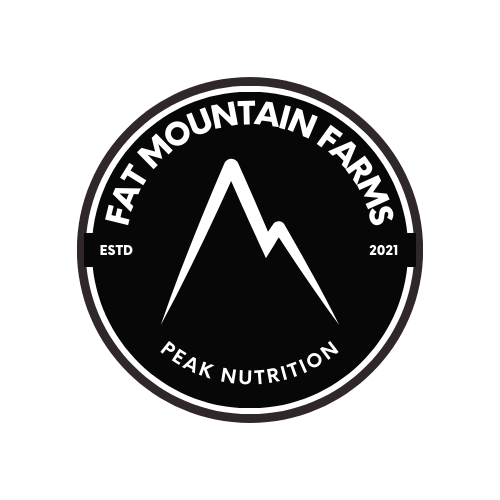On June 16th, 2022, news broke out across the United States that a heatwave in the Midwest killed thousands of cows. Kansas was one of the hardest hit, losing approximately 2,000, according to The Kansas Department of Health and Environment. Currently, multiple news anchors are stating it was global warming that caused these deaths and "the most effective way to address the challenge is to redouble our collective efforts to reduce greenhouse gas emissions as quickly and as comprehensively as possible" (Asma-Sadeque. 2022). However, we know their deaths could have easily been prevented.
Throughout centuries, cattle have evolved on this earth grazing pastures and plains. Cattle are designed to consume natural diets, eating where they roam. With this situation in Kansas, these cattle lived a life in confined animal feeding operations (CAFO); This lifestyle is completely unnatural for them. With the constant competition with more aggressive animals for trough access, to living on bare dirt where the sun reflects its heat, these cows are in a constant state of stress. Furthermore, cattle living in CAFO are extremely obese creatures, commonly seen to have 0.75 inches of back fat; this means they are carrying excess weight they are not designed to handle. With the combination of competing for food, the reflection of the sun, and being too big for their own good, it is no wonder these creatures couldn't handle the extreme heat.
On regenerative farms, cattle are able to express their instinctive behaviors. Cattle can graze early and late in the day when temperatures are not as harsh, and when the sun is high, they are able to retreat to the woods where it may be 20 degrees cooler.
Because the grass and trees absorb much of the sun's radiation through photosynthesis, even when the cattle are roaming pastures, the heat is nowhere near as high as it would be compared to bare dirt. In addition, because cows on regenerative farms are exercising more and are only consuming grass, their back fat might reach 0.2 inches instead of CAFO's 0.75 inches. The low stress of the cows allows all of nature's cycles to function properly, which allows the ecosystem to remain in balance.
It is clear that the high amounts of stress these cattle were experiencing in Kansas played a big factor in their death. Even before the heat, they were slowly dying from diseases of obesity and sedentary lifestyles that kills most of us humans. It is amazing to us how corporate farms and large food companies believe eating dying animals is good for us. If left to roam on pasture, the normal life expectancy of a cow is 20+ years; cows in CAFO would not accomplish a quarter of that.
With correct grazing management, the deaths of these cows could have been prevented. It is painful for us to see animals get put through such high amounts of stress, when we know it could've been completely avoided. Farms that run their operations in a CAFO system should not be supported. The situation that occurred in the Midwest is a good example why consumers need to start knowing their farmer and where their food comes from. The more regenerative farms are supported, the more animals can be raised in a holistic manner and live their lives in a stress-free environment.

